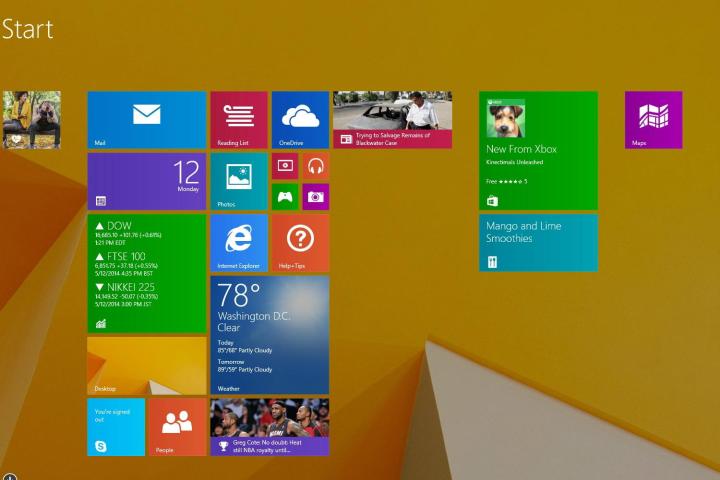
Alex Kibkalo, a former Microsoft software engineer, will be deported to Russia for leaking Windows data to a blogger prior to being released in 2012. Kibkalo will be deported once he completes a three month long prison sentence.
Kibkalo sent a build of Windows RT and software activation kits to a French tech blogger, who then posted screenshots of the software online.
Kibkalo, who worked for Microsoft at one point, allegedly leaked the software in 2012 in response to a bad performance review. The FBI opened an investigation into the leak in July 2013. Kibkalo was arrested after the blogger he leaked the data to contacted Microsoft to confirm the authenticity of the leak. Upon obtaining the blogger’s email and instant messaging records, investigators found messages where Kibkalo encouraged the blogger to not only publish information, but distribute a cracked version of the OS.
“I would leak enterprise today probably,” Kibkalo said according to a message from August 2012 reportedly shown in Kibkalo’s arrest report.
“Hmm… Are you sure you want to do that? Lol,” said the blogger, who explicitly warns Kibkalo that handing over the information was “pretty illegal”. Kibkalo allegedly responded with “I know :)”
Kibkalo has also allegedly been connected to earlier pre-release leaks of chunks of Windows 7. In a conversation with the French blogger, he also allegedly bragged about breaking into a building on Microsoft’s Redmond, WA campus to copy data from a company server.
Considering that Kibkalo has been in federal custody for nearly three months (86 days), he will be credited with time served, and should be released next week.
Editors' Recommendations
- How to factory reset Windows 10 or Windows 11
- How to check your PC’s specifications on Windows 11
- How to find your computer specs on Windows 11
- How to split your screen on Windows 11
- How to change your default browser in Windows 11


